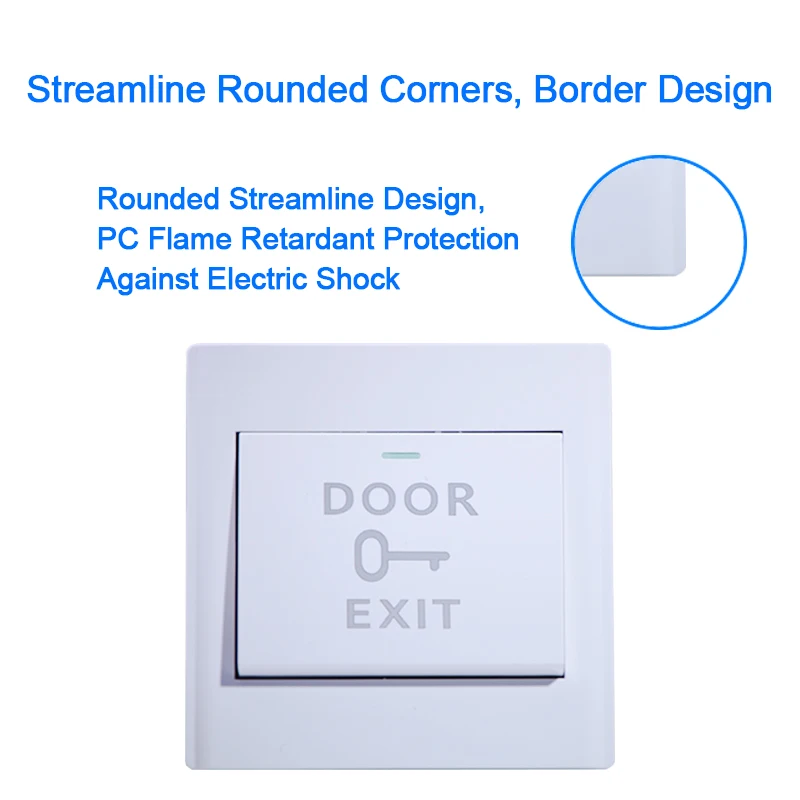

Amazon reserves the right to modify or cancel the offer at any time. This offer cannot be combined with other offers and cannot be applied to a previously completed Amazon Key Delivery. The maximum benefit you can receive from this offer is a $30 Amazon credit. Offer limited to 1 per customer per Prime account.
#Neobook set exit key free
Shipping and tax may apply to free and discounted promotional items. Products sold by third-party sellers or other Amazon entities do not qualify for this offer, even if they state "Shipped by " or "Prime Eligible”. Promotion not valid on Whole Foods or Amazon Fresh Orders. Offer applies only to products sold by (search "Sold by "). Offer available only to Amazon Prime members that have enabled Amazon Key in select areas. The $30 Amazon credit will be applied toward your Key Delivery.
#Neobook set exit key code
To receive the $30 Amazon credit, you must (1) be a Prime member (2) set up an eligible Amazon Key service, and (3) place your first Amazon Key order on and (4) include the applicable promotional code when placing such first eligible purchase. The customer must place their Amazon order using the Amazon Key service before March 31st, 2022 at 11:59 pm PST to qualify for the promotional credit. These properties let us know when we have reached the limits of a recordset.*Terms and Conditions for In-Garage Delivery Promotion This works the same in reverse for the BOF property. As you move through the records the EOF property is set to false but after you try and go past the last record, the EOF property becomes true. Recordsets are like tables and when you loop through one, you are literally moving from record to record in sequence. Recordsets have two important properties when looping through data, EOF (End-Of-File) and BOF (Beginning-Of-File). '(or at least until you press CTRL+Break)


'otherwise we will be stuck in a loop forever… 'prints info from fields to the immediate window 'will return true and we will exit the while loop.ĭebug.Print rs.Fields("teacherID") & " " & rs.Fields("FirstName") 'With this code, we are using a while loop to loop 'to the first one but it is good practice to do so. 'It is not necessary to move to the last record and then back 'we won’t execute any code in the if.end if statement. 'We don’t know if the recordset has any records, 'and can access its values using the rs variable. 'In English, this means that we have opened up a recordset 'This line of code instantiates the recordset object!!! 'SELECT * FROM tblTeachers Where ZIPPostal = '98052' 'You could also add a Where clause to filter which records are returned: 'SELECT * FROM tblTeachers (this would produce the same result in fact).
#Neobook set exit key full
'You could use a full SELECT statement such as: 'For the purposes of this post, we are simply going to make Tell me if you want another aproach.įound a good code with comments explaining each statement.Ĭode found at - accessallinone Sub DAOLooping() You should also look for "Filter" property of the recordset object to filter only the desired records and then interact with them in the same way (see VB6 Help in MS-Access code window), or create a "QueryDef" object to run a query and use it as a recordset too (a little bit more tricky). SqlStr = "SELECT * FROM customers as c WHERE c.country='Brazil'"ĭebug.print("cust ID: " & rs!id & " cust name: " & rs!name) You can interate data objects like queries and filtered tables in different ways: Rs.movenext 'press Ctrl+G to see debuG window beneath Set rs = db.OpenRecordSet("myTable") 'myTable is a MS-Access table created previouslyĭebug.print(rs!myField) 'myField is a field name in table myTable In "References", import DAO 3.6 object reference.


 0 kommentar(er)
0 kommentar(er)
